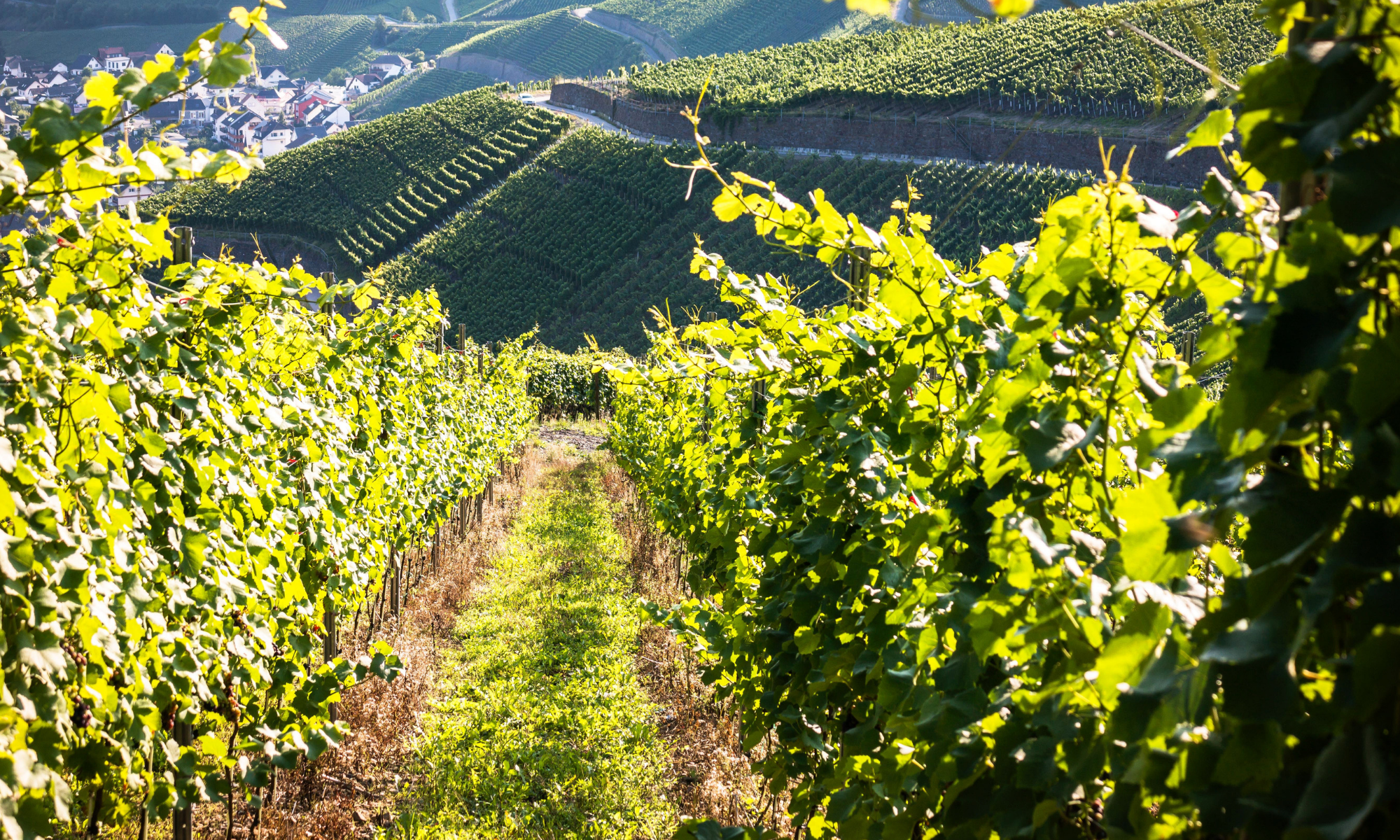
How the Sea Came to Be: (And All the Creatures In It)
by Jennifer Berne (Author) and Amanda Hall (Illustrator)
@ Amazon* | Bookshop*
Booktalk: Long, long ago, when the Earth was young and new, the world was a fiery place. Volcanoes exploded from deep down below, and steamy, hot clouds rose up high. Rain poured down for thousands of years, filling the world’s very first oceans. There the teeniest stirrings of life began. Earth’s creatures grew bigger and bigger, evolving into exciting forms like jellyfish, coral, and worms. Millions of years passed. Down in the depths and up on the surface, ocean life grew and spread. Now the sea teems with all kinds of animals–squid, turtles, dolphins, barracudas, even glowing fish, all living in the waters where long, long ago, life itself came to be.
Snippet:
Earth sizzled and simmered for millions of years.
It bubbled and burbled and hissed.
It raged and it rumbled, it thundered and boiled,
spewing lava and steamy hot mist.

It’s STEM Friday! (STEM is Science, Technology, Engineering, and Mathematics)
Copyright © 2024 Anastasia Suen All Rights Reserved. (*bookstore affiliate)




